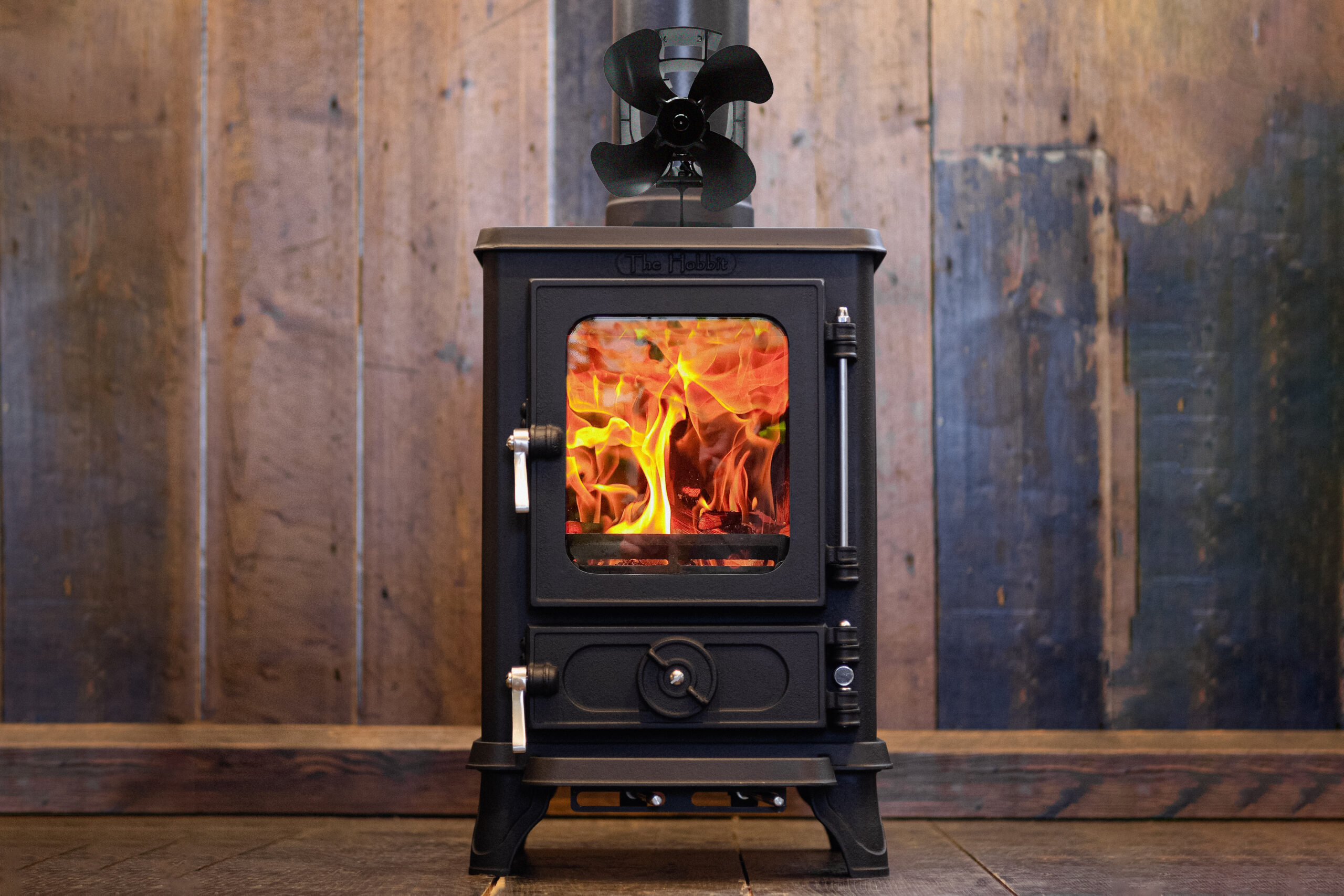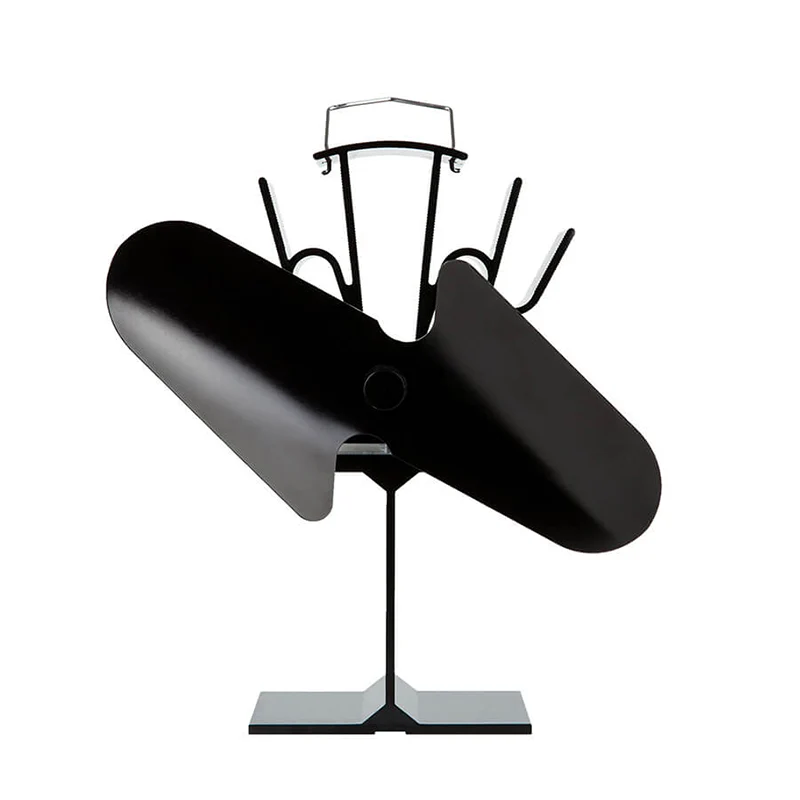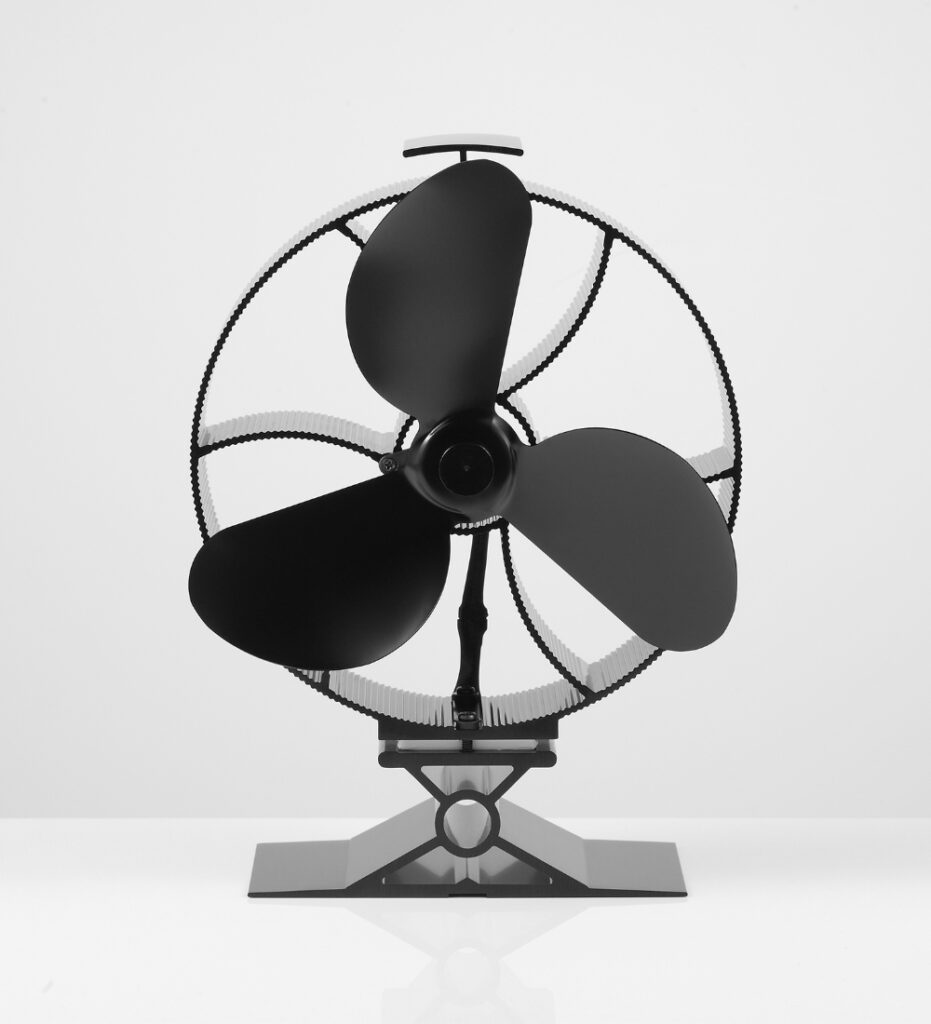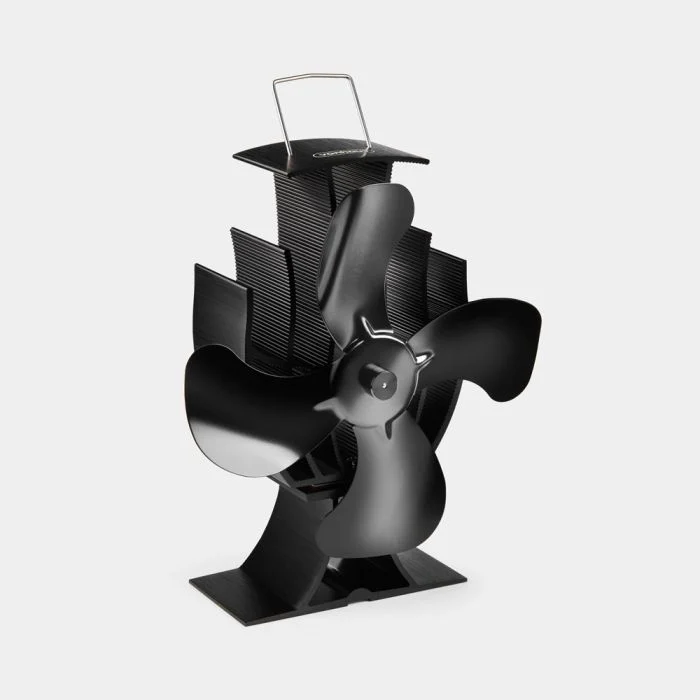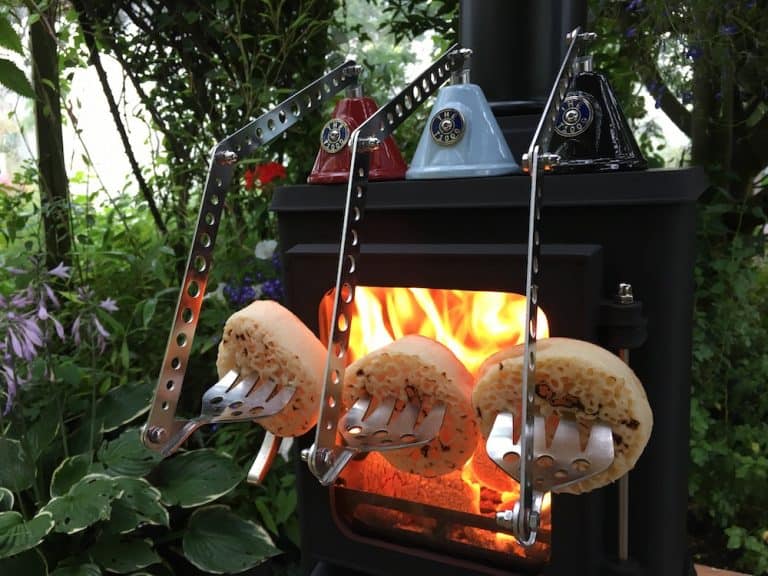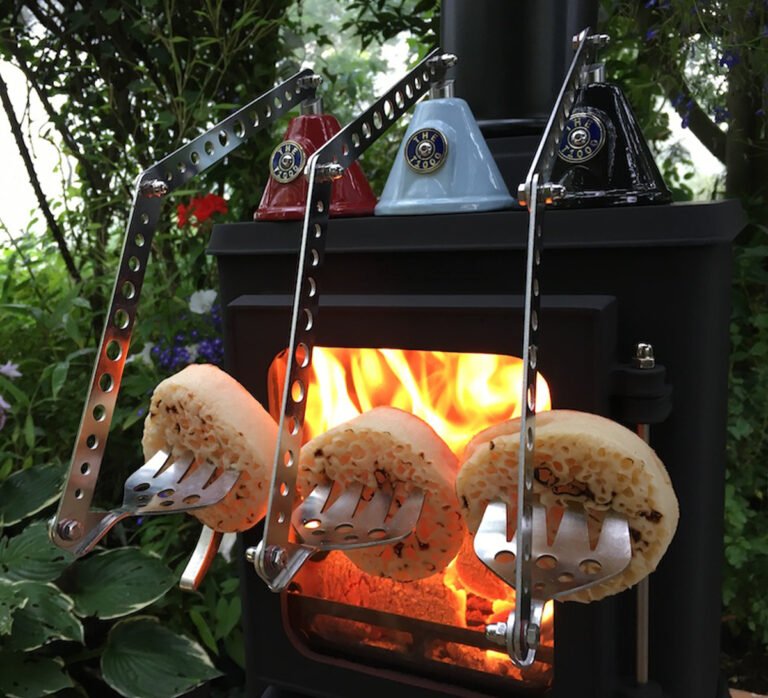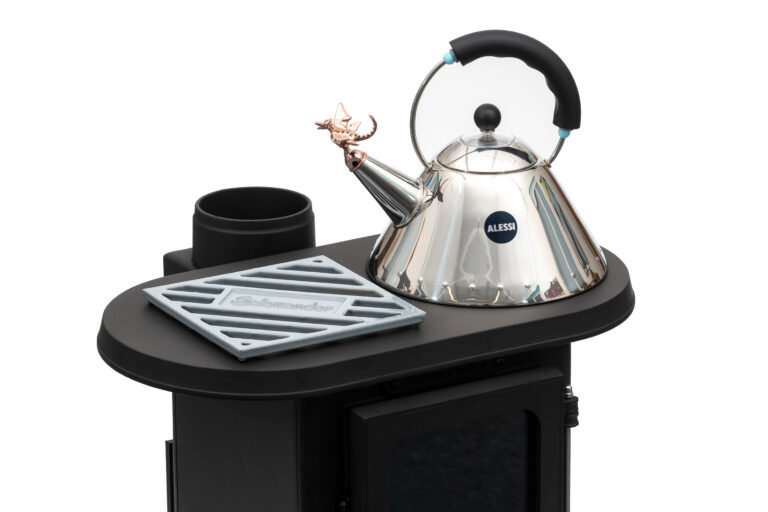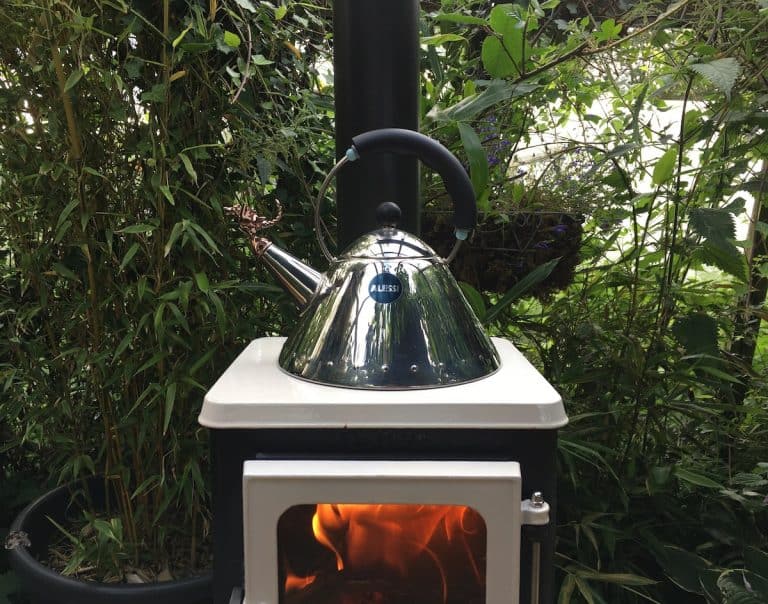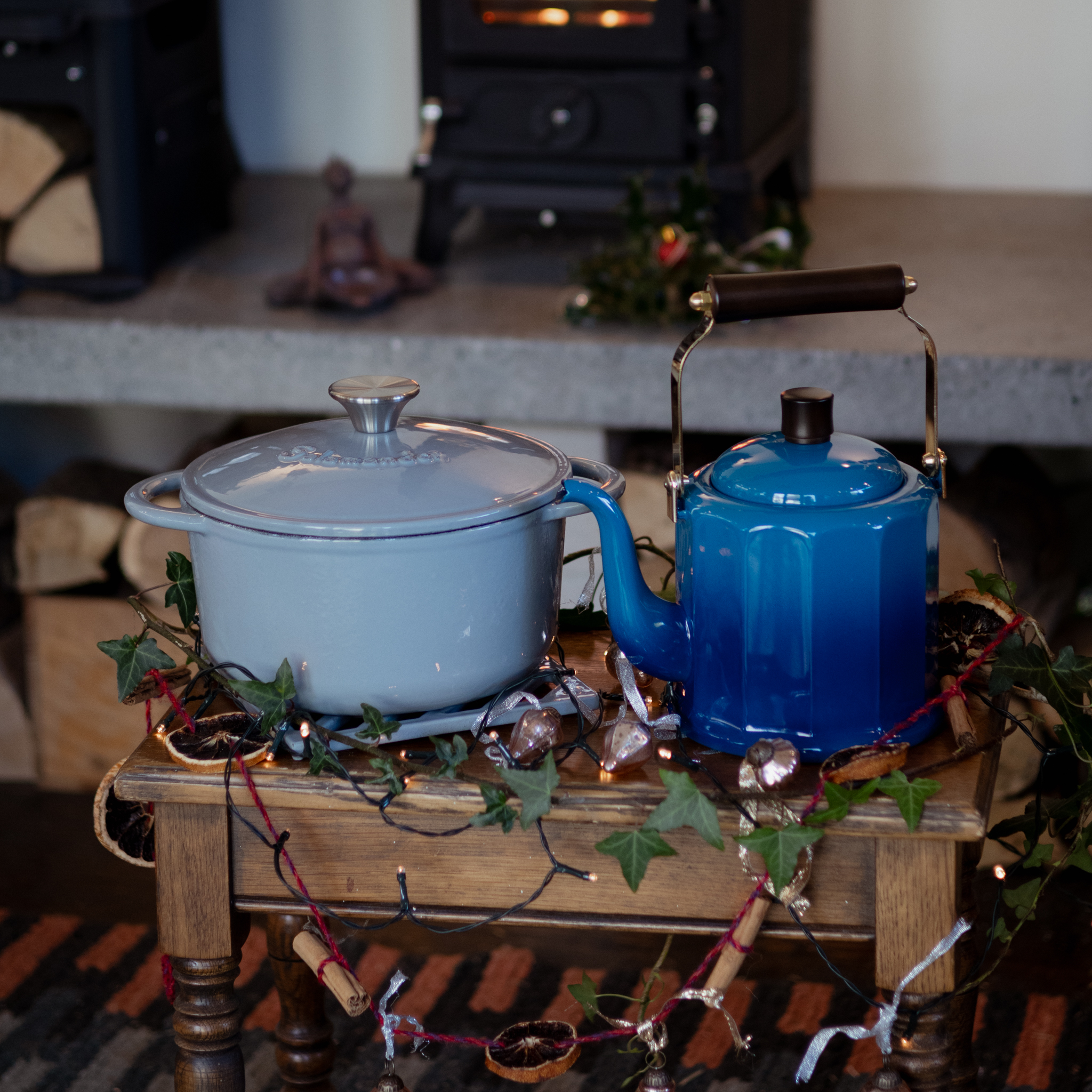Should I Buy a Stove Fan?
A stove fan—also known as a log burner fan or heat-powered stove fan—is a small device that sits on top of a wood-burning or multi-fuel stove and helps circulate warm air around the room. It doesn’t use electricity or batteries; instead, it’s powered entirely by the heat from the stove itself. You may be thinking, do stove fans work? The short answer is yes, and for most people with a wood-burning or multi-fuel stove, buying a stove fan is absolutely worth it.
Do stove fans really make a difference?
Yes, stove fans really do make a noticeable difference, particularly in how they improve the distribution of heat from a wood-burning or multi-fuel stove. While they don’t increase the actual amount of heat your stove produces, they play a key role in moving that heat around the room more efficiently.
Stove fans work by circulating warm air horizontally rather than letting it rise straight up to the ceiling. Without a fan, heat tends to collect in the space immediately around and above the stove, which can leave the rest of the room feeling cooler. By pushing warm air outward, a stove fan helps eliminate cold spots and can make a room feel warmer much faster.
How efficient is a stove fan?
A stove fan is highly efficient in terms of heat distribution and energy use. The improved circulation enhances fuel efficiency, since the warm air is spread more evenly, you may find that you don’t need to burn as much wood or fuel to reach a comfortable temperature. Over time, this can reduce your heating costs and help you get more value out of every log or lump of coal you burn.
Another advantage and why stove fans work so well, is that stove fans are entirely self-powered. They don’t require batteries or electricity—instead, they use thermoelectric technology to convert the heat from the stove into power. This makes them especially useful in off-grid setups or during power outages. They also operate silently, contributing to a cozy and peaceful atmosphere without any mechanical noise.
In larger or open-plan spaces, the difference is even more apparent. A stove fan can significantly boost the stove’s ability to heat more of the room—not just the area nearby. This is particularly helpful in rooms with high ceilings or poor natural air flow.
In short, while a stove fan won’t transform your heating experience completely, it does make a real and practical difference. For a relatively low cost—typically between £20 and £70—it’s a smart, low-maintenance addition. If you’re looking for quicker, more even heating and a boost in efficiency, a stove fan is well worth considering.
Benefits of a Stove Fan
- Improved Heat Distribution
Without a fan, heat from your stove mostly rises straight up, warming the ceiling more than the people in the room. A stove fan circulates this warmth horizontally, spreading it faster and more evenly throughout the space. - Increased Fuel Efficiency
Because the room heats up more quickly and evenly with a stove fan, you burn less wood or fuel over time—potentially reducing your heating costs by up to 30%. - No Electricity Needed
Stove fans are powered by the heat of the stove itself (via thermoelectric modules), so they cost nothing to run and work during power outages—ideal for off-grid or eco-conscious users. - Silent Operation
Most stove fans are whisper-quiet, so they won’t disrupt the peaceful atmosphere you get from a real fire. - Low Maintenance
Apart from occasional dusting and making sure you don’t overheat it, a good stove fan requires very little upkeep.
What is the best stove fan?
When it comes to choosing a stove fan, it might seem a bit overwhelming as there are so many to choose from! Most wood stove fans come with 3 or 4 blades, but you can also find models with as few as 2 or as many as 5 or more.
Generally, fans with a higher blade count tend to operate more quietly and offer improved balance. They’re also more effective at circulating air, making them a great choice for larger living areas. When choosing a stove fan, be sure to consider the size of your room and your specific heating needs to ensure optimal performance. Since stove fans come in a variety of sizes, it’s important to check the available space on top of your stove before making a purchase.
Small to medium rooms (up to 200 sq ft):
Choose a 3- or 4-blade fan with airflow around 150–200 CFM (cubic feet per minute). These are quiet, efficient, and ideal for compact spaces.
Large or open-plan rooms (over 250 sq ft):
Look for a high-output fan (200+ CFM) or even a twin-blade or dual-fan unit. Some premium models move more air with greater force and are better suited to big spaces.
Small stove fans
Considering the small size of our Hobbit Stove and Little Range Cookstove, we would recommend using a small fan with 2, 3 or 4 blades. Here are some examples below:
- 4 Blade Mini Heat Powered Stove Fan
- Heat Powered 4 Blade Wood Stove Fan
- VonHaus 4 Blade Stove Fan
- 3 Blade Heat Powered Stove Fan
- Short 4 Blade Stove Fan
- 112 – 2 Blade Heat Powered Stove Fan

